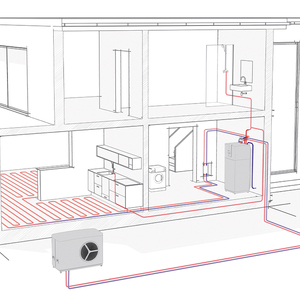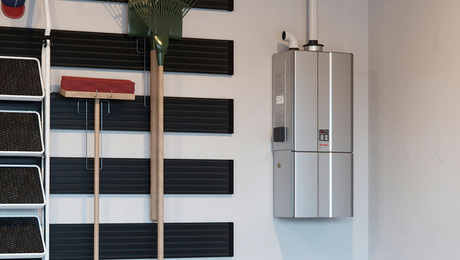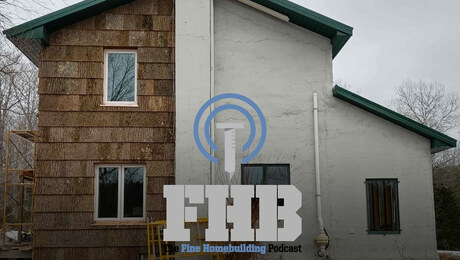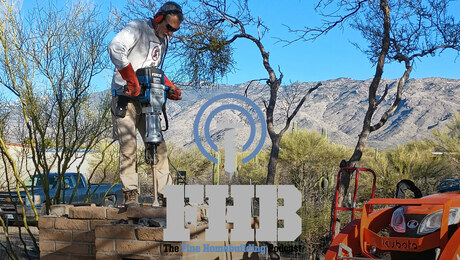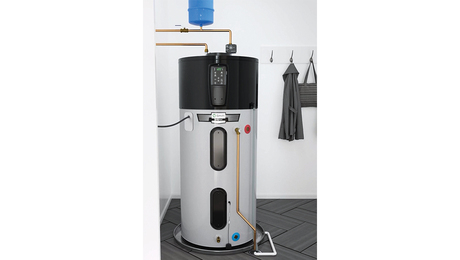Upgrade to a Tankless Water Heater
Replacing your old tank-style water heater with a more efficient on-demand system isn’t as difficult as it appears.
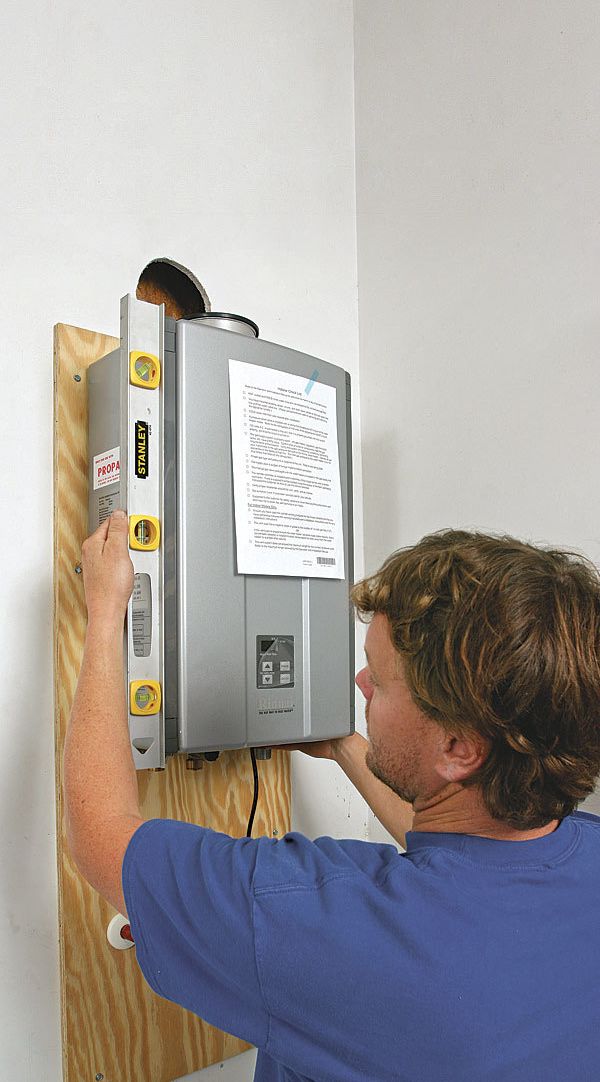
Synopsis: Electrician Brian Walo and plumber Shannon Neff install lots of tankless water heaters every year, and recently they installed a gas-fired one in Walo’s own home. In this thoroughly illustrated article, Walo goes step-by-step through the process, beginning with how to remove a tank-style heater and how to prep the area for the new model. He shows how to install the water and gas lines safely and how to create a vent in an exterior wall. Although gas-fired tankless heaters don’t consume much electricity, some minor electrical adaptations may be necessary, and Walo shows what to do. A photo of the installed heater has parts and connections labeled, and a full page explains piping options.
As the lead electrician and plumber of a construction company, we install a number of tankless water heaters every year. We are firm believers in the energy savings of on-demand hot water, and it takes little convincing for our customers to agree to an upgrade. But it became harder for me to be in the field with Shannon installing these suitcase-size heaters while the 10-year-old tankstyle heater in my garage worked hard to maintain 130°F water even when nobody was home to use it. I decided that it was time to practice what I preach, so I asked Shannon to help me install a Rinnai R75-LSi gas fired tankless water heater (about $1000; www.rinnai.us).
To get the most efficient operation, tankless heaters should be installed as close as possible to the fixtures that demand the most hot water, but this isn’t always easy. Venting kits allow the units to be installed just about anywhere, but water, gas, and electricity must be routed to the desired location — easy in new construction, but a bit more work in a retrofit.
The best location often means compromising. For this installation, we were swapping out an electric heater located in my garage, and we decided to put the new water heater in the same location. I had to step down the 240v circuit to 120v, but the 3⁄4-in.-dia. hot- and cold-water pipes were already in place, as was a discharge line for the pressure relief valve and good access for the vent pipe. Also, because I wanted a gas-fired heater rather than one of the less efficient electric models, we needed to add a propane tank, and Shannon was able to install new gas lines easily through the wall to reach the tank outside the garage. The garage also was close to the kitchen and bath, which have the fixtures that use the most hot water.
Out with the old
Tankless water heaters aren’t much bigger than a carry-on suitcase, so they can be placed just about anywhere in a house. It’s often cost-effective to use the same location as the heater you’re replacing. The spot may seem remote, but most of the necessary plumbing and electrical should already be in place. The vent setup for most tank-style heaters, however, will have to be replaced with a concentric direct-vent pipe.
Water in, water out
Tankless heaters need 3⁄4-in.-dia. supply lines to feed the unit. If the water lines near the heater are only 1⁄2 in. dia., plan to install new plumbing from the nearest 3⁄4-in. trunk line. The piping material you choose will be determined by local building codes and your personal preferences.
For more photos and details, click the View PDF button below:


